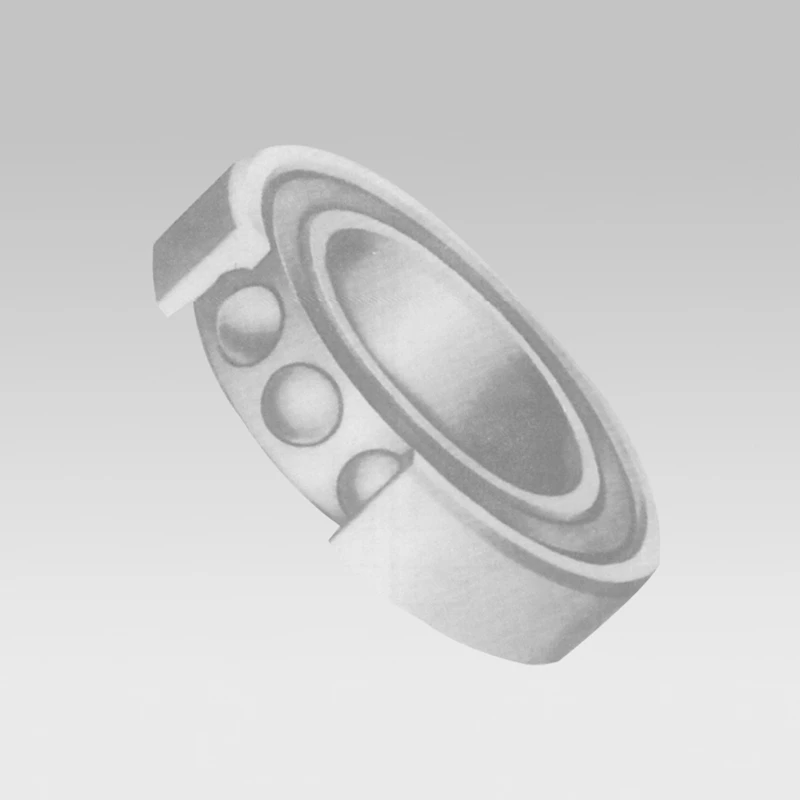
Oct . 20, 2024 22:32 Back to list
Dimensions and Specifications of 638 Series Bearings for Various Applications
Understanding 638 Bearing Dimensions A Comprehensive Overview
Bearings play a crucial role in the functioning of various machinery and equipment. Among the numerous types of bearings available, the 638 bearing is notable for its unique dimensions, application versatility, and performance characteristics. This article aims to provide an in-depth understanding of the 638 bearing dimensions, their significance, and some common applications.
What is a 638 Bearing?
The 638 bearing is a type of deep groove ball bearing characterized by its small size and high load-carrying capacity. It commonly features a bore diameter of 8mm, an outer diameter of 28mm, and a width of 8mm. These dimensions make the 638 bearing suitable for applications in compact and space-constrained environments, where high performance is still required.
Dimensions and Properties
The key dimensions of a 638 bearing are as follows
- Bore Diameter (d) 8 mm - Outside Diameter (D) 28 mm - Width (B) 8 mm
These measurements contribute to the bearing's overall performance. The small bore diameter allows for use in tight spaces, while the relatively larger outer diameter enables it to handle significant radial and axial loads. Furthermore, the 638 bearing is equipped with seals or shields, enhancing its durability and reducing the risk of contamination from external elements.
Load Ratings and Performance
One of the standout features of the 638 bearing is its dynamic and static load ratings. The dynamic load rating generally refers to the bearing’s ability to sustain a load while moving, while the static load rating pertains to the load capacity while at rest. For the 638 bearing, these ratings ensure reliable operation in a variety of conditions.
Typical dynamic load ratings for the 638 bearing may range around 6,300 N, while static load ratings can reach approximately 3,400 N. The high load-bearing capacity is a significant advantage, allowing the bearing to be utilized in demanding applications without compromising performance.
Applications of 638 Bearings
638 bearing dimensions

Given its dimensions and load capabilities, the 638 bearing finds widespread use in various industries
. Some of the primary applications include1. Electric Motors The compact size and efficiency of 638 bearings make them ideal for small electric motors found in appliances, fans, and power tools.
2. Automotive Applications In automotive engineering, these bearings are often used in small gearboxes and transmission assemblies, where space is at a premium, yet reliability remains critical.
3. Robotics and Automation The precision and durability of the 638 bearing make it suitable for robotic arms and automation equipment, where consistent performance is essential for operational efficiency.
4. Consumer Electronics Many consumer electronic devices, including printers and photocopiers, utilize 638 bearings for their compact design and ability to handle moderate loads.
Factors to Consider When Choosing a 638 Bearing
When selecting a 638 bearing for specific applications, several factors should be considered
- Material Bearings can be made from various materials, including steel, stainless steel, and ceramic. The choice of material affects the bearing's load capacity, wear resistance, and overall durability.
- Cages The cage design can influence the bearing's performance, impacting how well it supports the balls and maintains separation, which is critical for reducing friction and wear.
- Seals and Shields Depending on the application environment, selecting a bearing with appropriate seals or shields can extend its lifespan by preventing contaminants from entering the bearing assembly.
Conclusion
The 638 bearing, with its specific dimensions and characteristics, serves as an essential component in various machinery and equipment. Understanding its dimensions, load ratings, applications, and factors influencing selection can significantly impact performance and reliability in numerous settings. As technology continues to evolve, the demand for efficient, compact bearing solutions such as the 638 bearing will undoubtedly grow, highlighting its importance in both current and future applications. Whether in industrial machinery, automotive applications, or consumer electronics, the 638 bearing remains a key player in ensuring smooth and efficient operations.
Latest news
-
Grooved Ball Bearing Design and Functionality
NewsJun.04,2025
-
Concrete Mixer Bearing Load Capacity Testing
NewsJun.04,2025
-
6004 Bearing Dimensions in Robotic Joint Designs
NewsJun.04,2025
-
Advantages of Single-Row Deep Groove Ball Bearings
NewsJun.04,2025
-
Applications of Deep Groove Ball Bearings in Automotive Systems
NewsJun.04,2025
-
Innovations in Bearing Pressing Machine Design
NewsJun.04,2025
